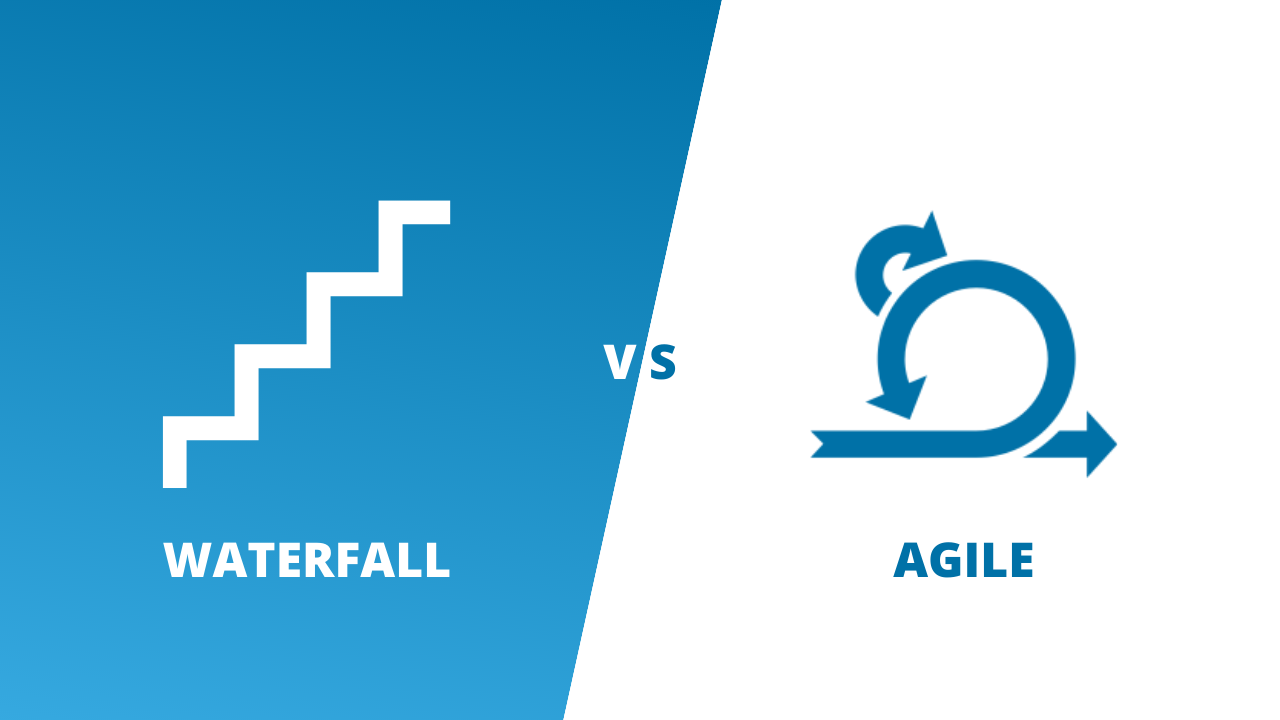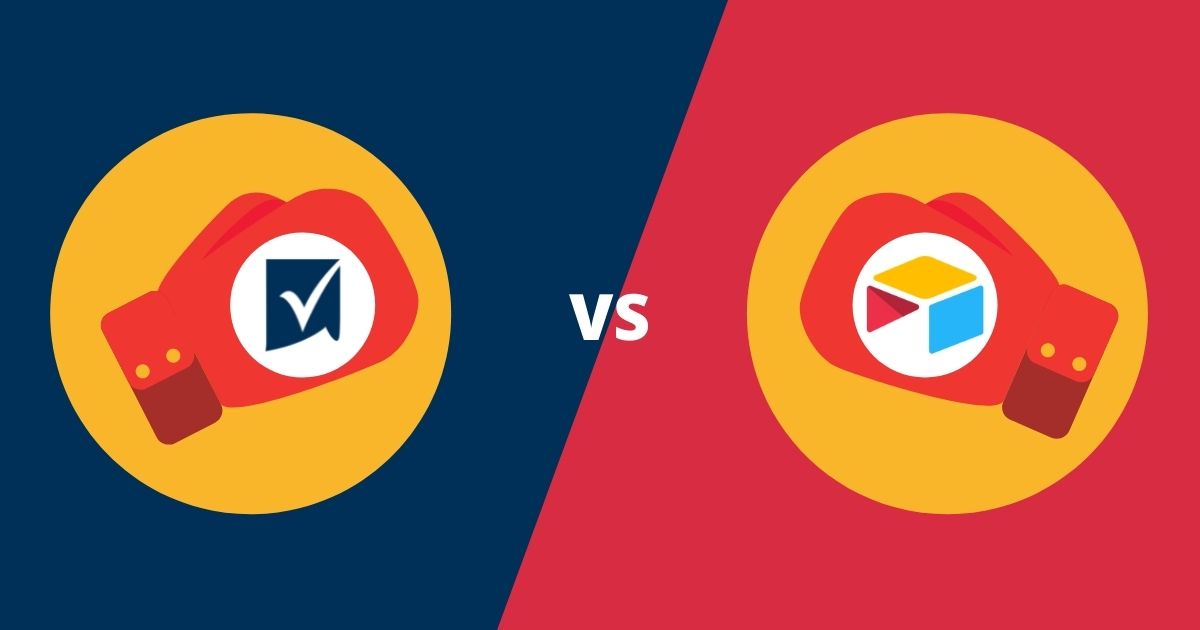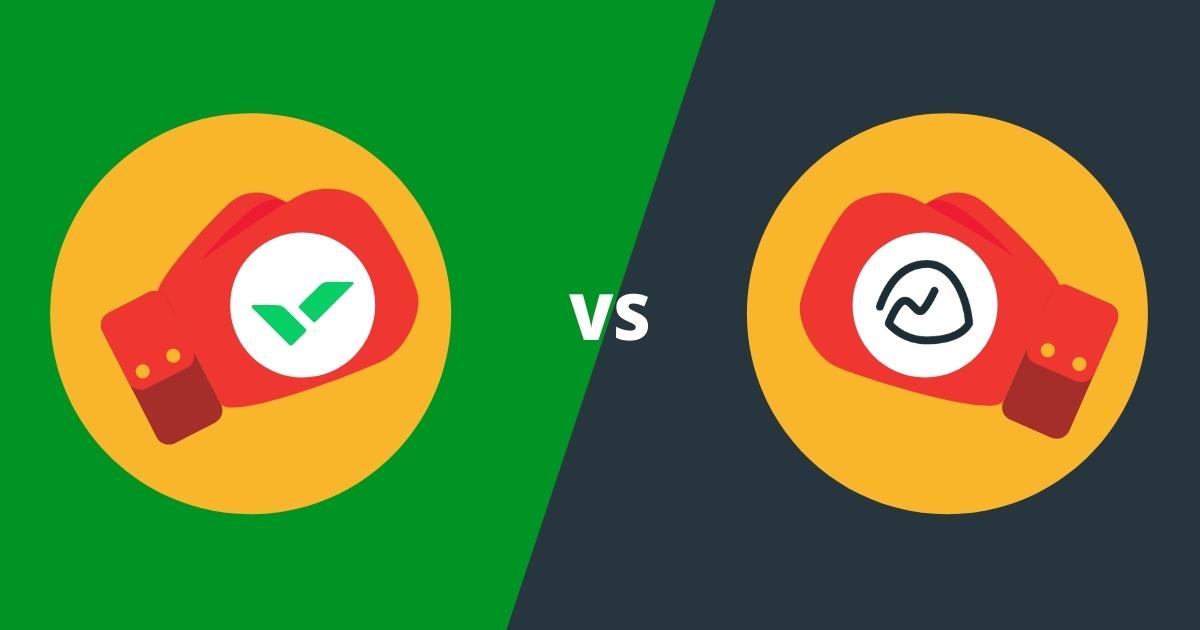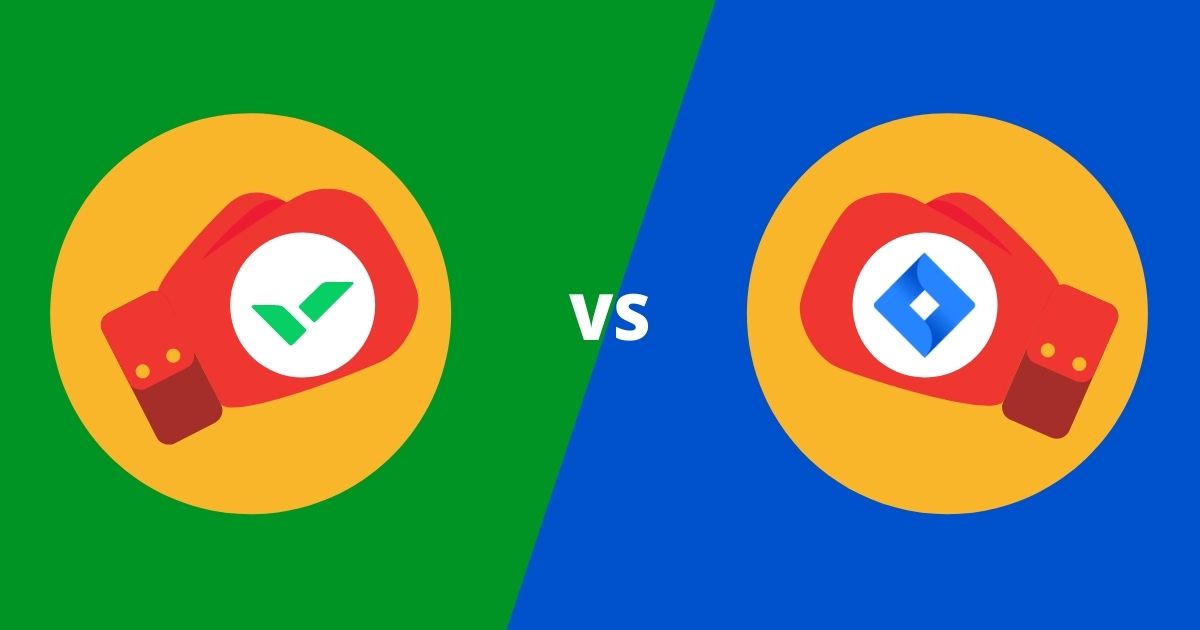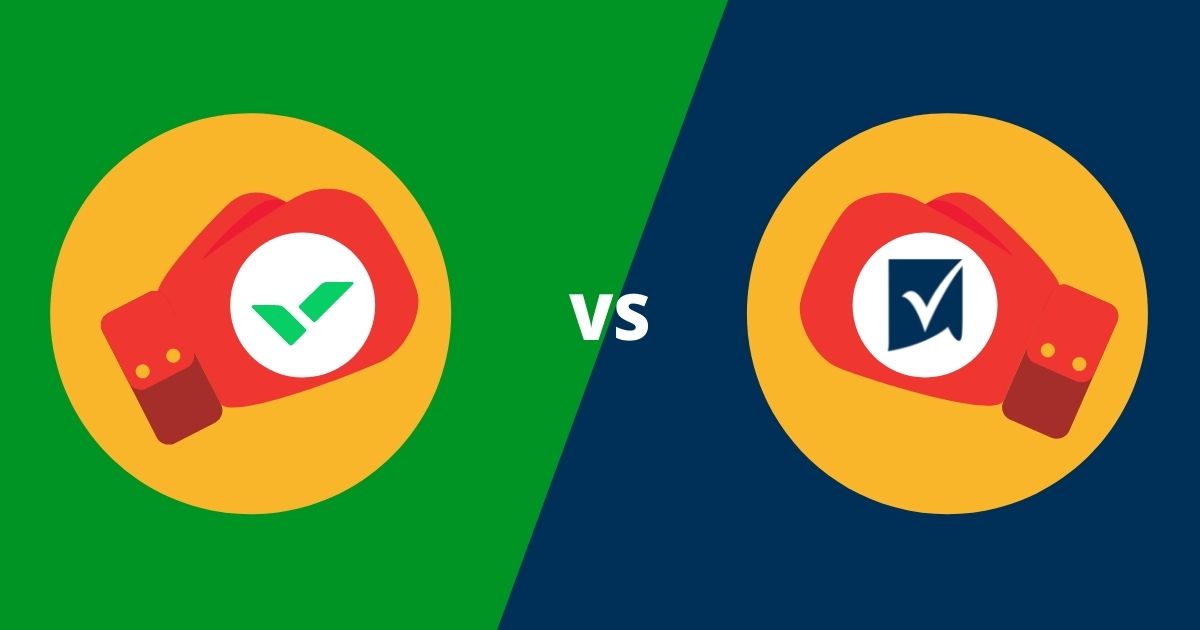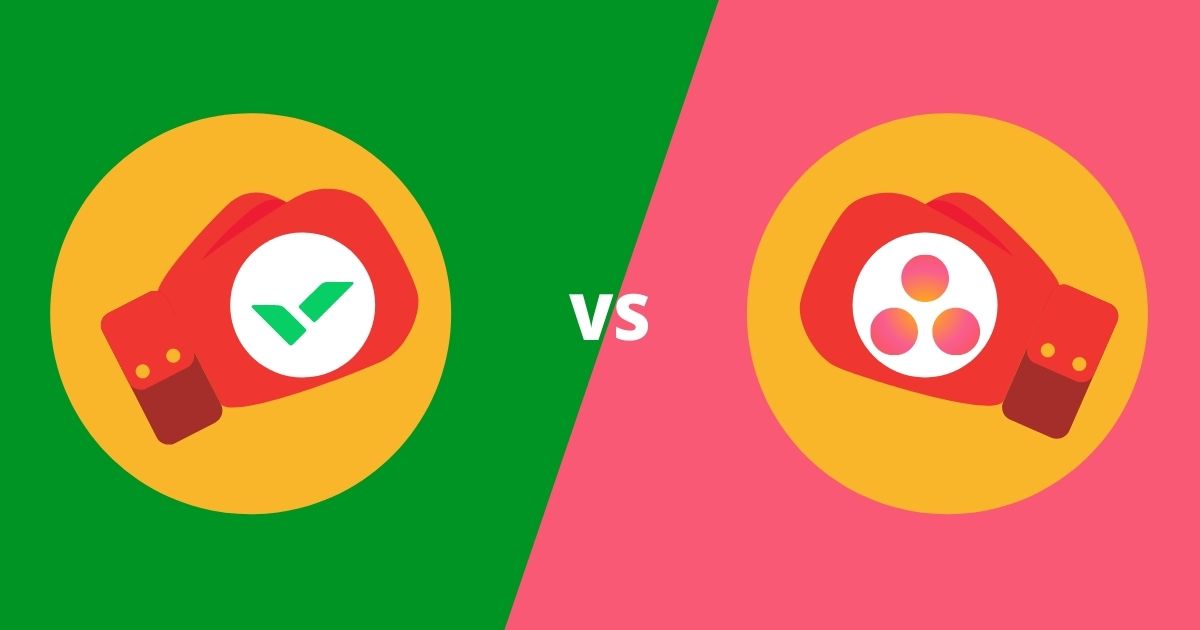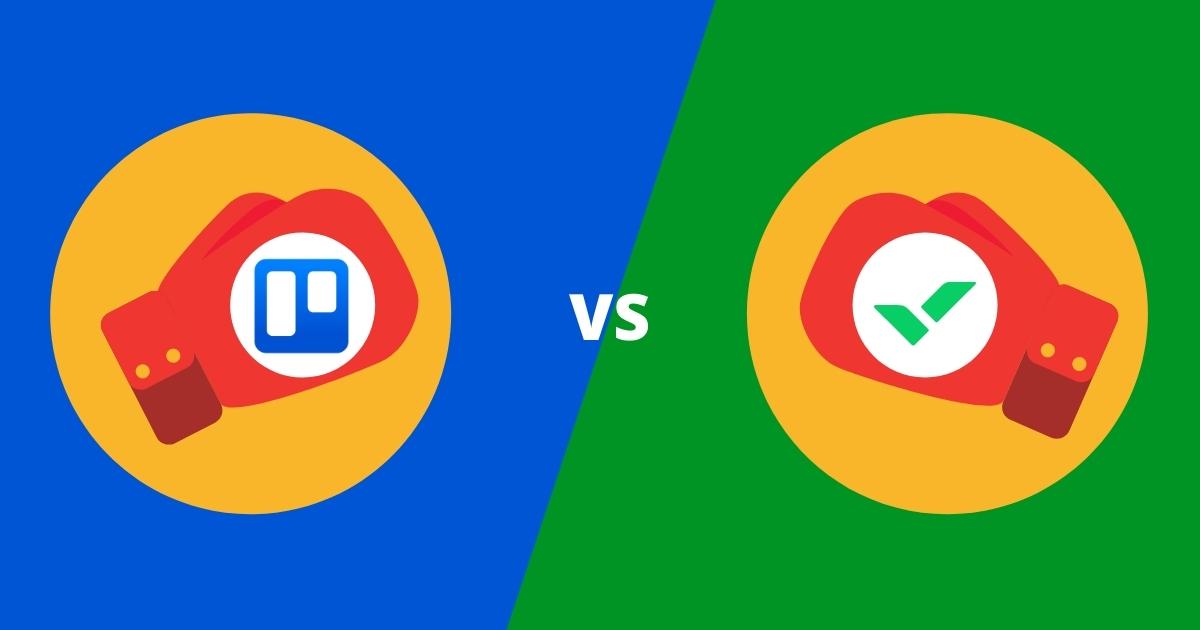The Scaled Agile Framework (SAFe), is the solution to the issue between Agile and Waterfall methodologies. Agile, as it is, can be challenging and ineffective to implement in larger organisations. So, many enterprise-sized organisations still use Waterfall, even if their product or service is better suited to Agile. This introduction to SAFe fills exactly that gap- its an Agile-based framework for larger organisations.
What is the Scaled Agile Framework?
The Scaled Agile Framework, also known by its abbreviation SAFe, is an agile-based framework. It outlines the different principles, processes, and best practices that enable Agile to be implemented on an enterprise level.
The framework acts as a body of knowledge including guidance on structures, roles and responsibilities, and key values and principles. It often incorporates different approaches to agile-based methodologies and practices such as Lean, Kanban, Scrum, and DevOps.
The History of SAFe
Dean Leffingwell, the author of Agile Software Requirements, created the Scaled Agile Framework in 2011. It was originally named the ‘Agile Enterprise Big Picture’. The framework filled a critical gap by translating existing agile frameworks (such as Lean, Kanban and Scrum) to teams, programs and portfolios. Abiding closely by the philosophy of continuous improvement, SAFe has gone through several iterations, and currently sits at version 5.0. You can have a look at SAFe’s catalogue of knowledge here.
If you’re not quite across Agile, that’s not a problem. Have a read over our article on Agile project management here.
Benefits of SAFe
Today, SAFe is one of the most popular methodologies, and this is mainly due to its vast array of benefits. Key benefits include:
Improving organisational flexibility and agility
By shifting delivery models to incremental cycles, organisations easily pivot when marketplace changes occur, or when customer demands shift. With an agile-based emphasis on value, SAFe lets organisations get value-adding products and services out to customers faster.
Improving overall product or service quality
SAFe actively embeds customer feedback into its processes. It pairs with the iterative and incremental delivery model to help teams respond to and validate each iteration of their product or service.
Improving enterprise-wide productivity
With its people-centric focus, SAFe enables organisations to make measurable improvements in their productivity. It encourages teams to eliminate unnecessary work, identify potential bottlenecks, and continuously improve their processes.
Improving employee engagement
An engaged team is a more productive team. When teams have autonomy over their projects and are active decision-makers, they are more likely to be invested in their success. This reduces burnout and increases employee satisfaction.
SAFe strengths and weaknesses
No methodology can be a silver bullet. Each has its strengths and flaws that can vary depending on the organisation and its context. Here are some key strengths and weaknesses of the SAFe approach:
Strengths
- Facilitates better collaboration between cross-functional teams.
- Enables the organisation to achieve greater transparency and visibility over its portfolio.
- Improves alignment between all aspects of the portfolio and the organisation’s strategic goals.
- Elevates stakeholder engagement by implementing clear customer feedback processes.
Weaknesses
- The inclusion of upfront planning and process definition leads to reduced agility compared to pure agile approaches.
- SAFe can be heavy on terminology, and this can be a barrier to entry and adoption.
- While it empowers teams, directives are still top-down in nature which is contradictory to pure Agile practices.
- The emphasis on big picture planning can lead to excessive process overheads that hinder organisational agility.
SAFe Core Values
There are four Core Values that inform all SAFe principles and practices. These are: alignment, built-in quality, transparency and program execution.
Core Value One: Alignment
Alignment is essential if organisations want to effectively respond to changes. SAFe encourages organisations to build alignment processes so all teams can easily understand the current state of affairs and how they can adapt to meet the defined strategic objectives of the organisation. Teams can make decisions quickly when they are highly autonomous, and they can easily synchronise with other teams across the portfolio to ensure the most value-adding projects are being prioritised.
Core Value two: Built-in quality
Within the SAFe framework, teams define what completion means. Quality assurance is embedded into all practices and tasks. The SAFe framework identifies five key dimensions in built-in quality. They include flow, architecture and design quality, code quality, system quality, and release quality. With these software-centric terms, those dimensions can be adapted to other contexts for holistic quality control.
Core Value three: Transparency
Transparency is not something that is just achieved, it is gained. Teams have to learn to trust each other if they are to be truly open, honest and collaborative. It is important to embed trust-building behaviours such as inclusive decision-making and real-time progress visibility.
Core Value four: Program Execution
Being able to execute programs effectively is the main goal of the SAFe approach. It prioritises the optimisation of working systems, maintenance of alignment, and the achievement of business outcomes to make sure teams are always delivering the most value at any moment.
SAFe Principles
SAFe principles are the vehicle through which the core value of SAFe can be achieved. Thus, they inform the everyday practices and activities within the organisation. Here are the ten key principles of SAFe.
Principle One: Take an economic view
Every decision and delay has an impact on projects. By taking an economic view on all decisions, teams can clearly understand the implications of each delay and thus strive to achieve the shortest lead-time with the least waste. Several techniques can be implemented, including effective job sequencing, the analysis of economic trade-offs, and operation on lean budgets.
Principle Two: Apply systems thinking
Systems thinking is an approach that encourages teams to move away from linear mindsets and solutions-building to more linear formats. These look at the larger, interconnected relationships between different components of a problem. Systems thinking shows that simply optimising one component of the problem does not equate to an overall optimisation.
Organisations that apply SAFe understand that improving a system requires a deeper understanding of the its overarching aim. For example, improving team productivity may involve more than implementing a new project management solution. To be truly effective it may require the elimination of silos, the formation of cross-functional structures, and the creation of collaborative cultures.
Principle Three: Assume variability; preserve options
Typically, traditional project design and methodologies build off a singular design-and-requirement option during the early stages of development. If the starting point proves to be wrong, this approach means that all future adjustments would only serve to mitigate a problem, rather than optimise a system.
SAFe chooses to take a more open-ended approach that actively considers multiple requirements and design options in order to give teams flexibility in adapting to changes. Empirical data can then be used to create more specific designs that generate the best economic outcome for the organisation.
Principle Four: Build incrementally with fast, integrated learning
Much like Lean values, SAFe emphasises the importance of continuously learning, adjusting and adapting. By introducing intentional learning cycles and structures, teams ensure they are always optimising and maximising their resources through each iteration of the project.
Principle Five: Base milestones on the objective evaluation of working systems
Rather than evaluating progress with pre-determined sequential phase-gate models, SAFe takes the more interactive route. It uses different integration points which act as objective milestones to evaluate the solution or product throughout the development lifecycle. The traditional approach does not mitigate risk as well as intended. By contrast, the SAFe approach enables more frequent financial, technical and value-based evaluation. This ensures each iteration of the project will secure the intended value or returns.
Principle Six: Visualise and limit WIP, reduce batch sizes, and manage queue lengths
One of the key goals of Lean enterprises is to achieve a state of continuous flow where new requirements and capabilities can easily move from concept to value. The ways to achieving such flow include:
- Visualising and limiting the amount of work in progress (WIP)
- Reducing the batch size of work
- Managing queue lengths to minimise wait times
Principle Seven: Apply cadence, synchronise the cross-domain planning
Cadence refers to the continual rhythm for development. It is important for improving project and planning predictability. Synchronisation ensures multiple perspectives are considered, evaluated and integrated at the same time. Using a consistent development cadence and synchronisation along with cross-domain planning gives organisations the mechanisms they need to operate in an increasingly fast-paced and changing market.
Principle Eight: Unlock the intrinsic motivation of knowledge workers
Organisations that use SAFe understand that individuals are the backbone of a successful project and they are not motivated by money alone. In fact, research has shown that many employees are feeling undervalued by the organisation (54 per cent) and managers (52 per cent), as well as lacking a sense of belonging (51 per cent). These are the top three reasons why employees resign. Providing a sense of autonomy and purpose, generating an environment that encourages collaboration, and empowering employees to achieve more is critical to achieving higher levels of employee engagement and productivity.
Principle Nine: Decentralise decision-making
One of the critical critiques of traditional waterfall levels is the amount of time wasted on seeking approval through the chain of command. The faster delivery cycles SAFe aims to achieve require a decentralised decision-making process to reduce delays, improved development flow, and faster feedback to generate a more innovative solution.
However, on an enterprise level, organisations are making significant strategic goals. These often need to consider the global economic contexts and therefore require more centralised decision-making processes. In order to facilitate this, the SAFe approach encourages proper training and empowerment of employees along with a robust decision-making framework to ensure a fast flow of value.
Principle Ten: Organise around value
Organising around value rather than benefits is a relatively new concept. Traditionally, organisations have sought clear benefits or identified financial figures as their benchmark for success. However, the digital age demands greater speed and flexibility from organisations to keep up with new innovations and changing customer needs. The focus on value enables SAFe organisations to easily pivot their portfolio of investments in terms of value – specifically customer-based value – and decisions are made with the goal of achieving the most value for the organisation.
Read more: Project Benefits vs Project Value
Take your project portfolio management activities to the next level with pmo365
Our team is all about optimising and maturing your organisation’s project portfolio management needs, whether it is implementing Agile at scale, upgrading your portfolio structures, or introducing a new project management solution to consolidate all your information. No matter what step you take, pmo365 is ready to help you.
If you want to know more about how pmo365 optimises all your PPM activities, book a free trial to see our solution in action.


